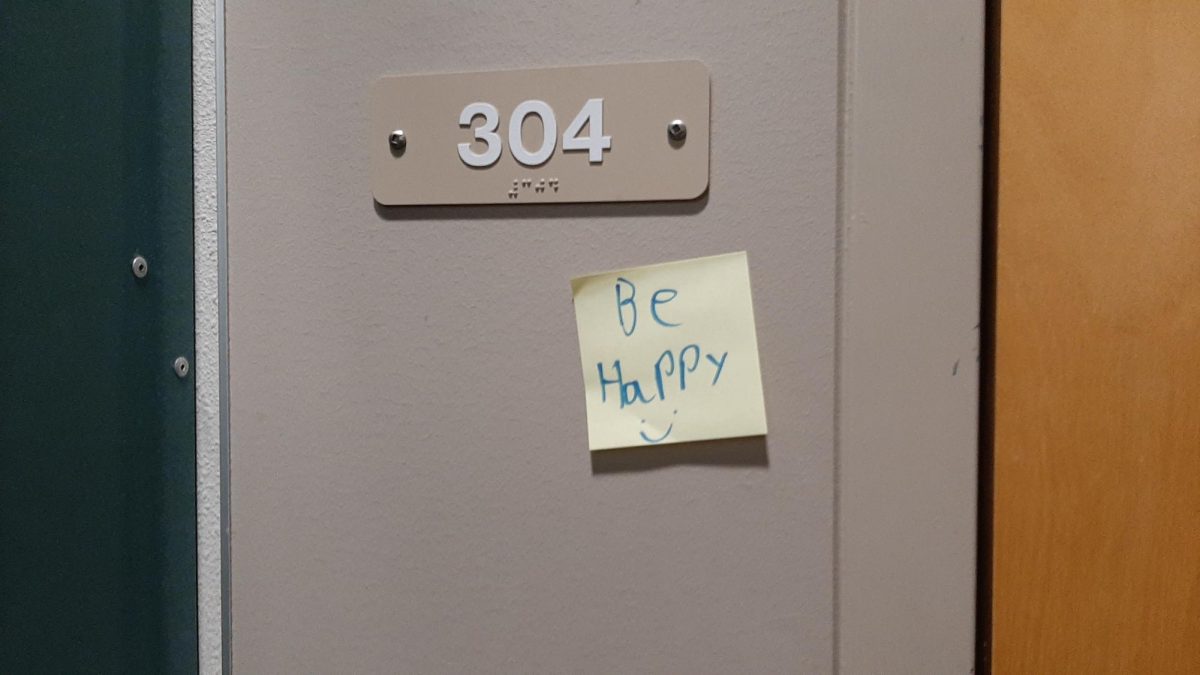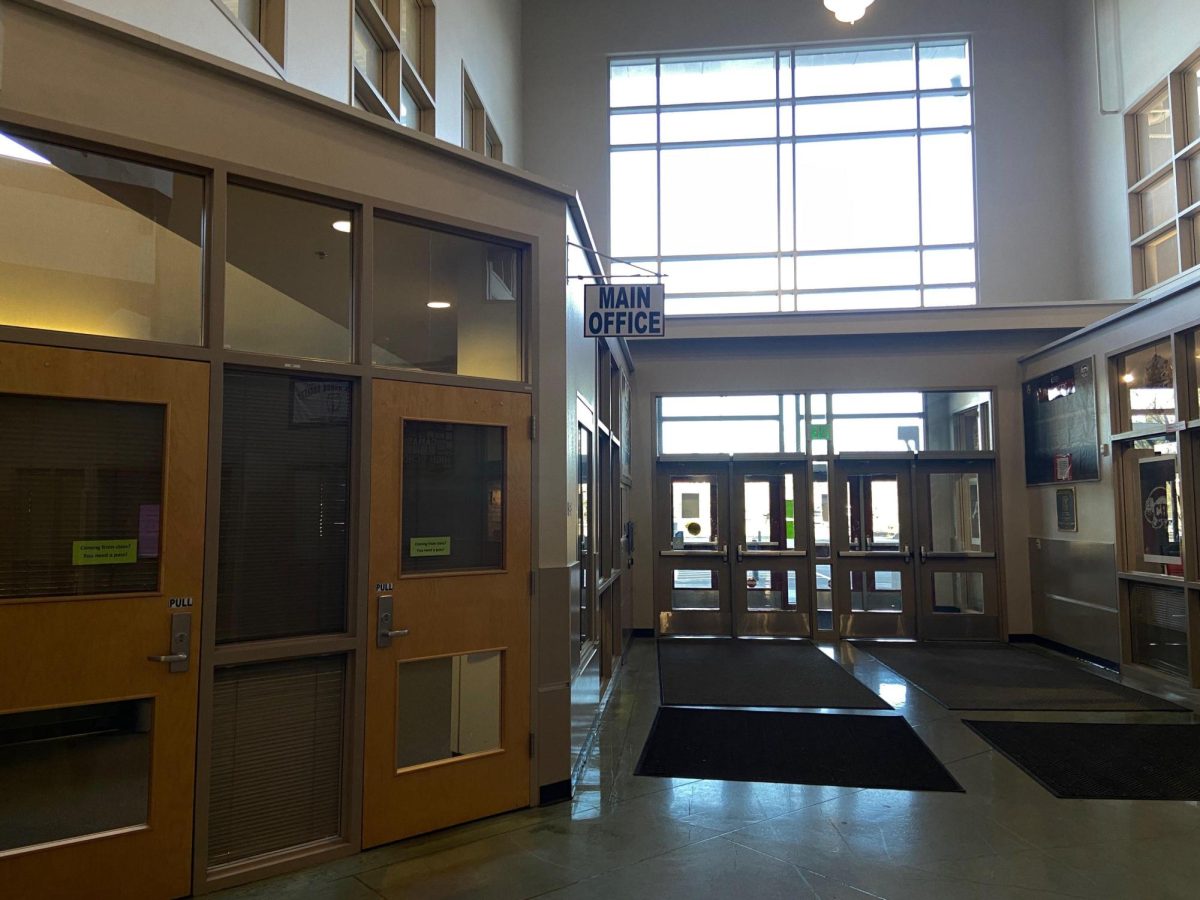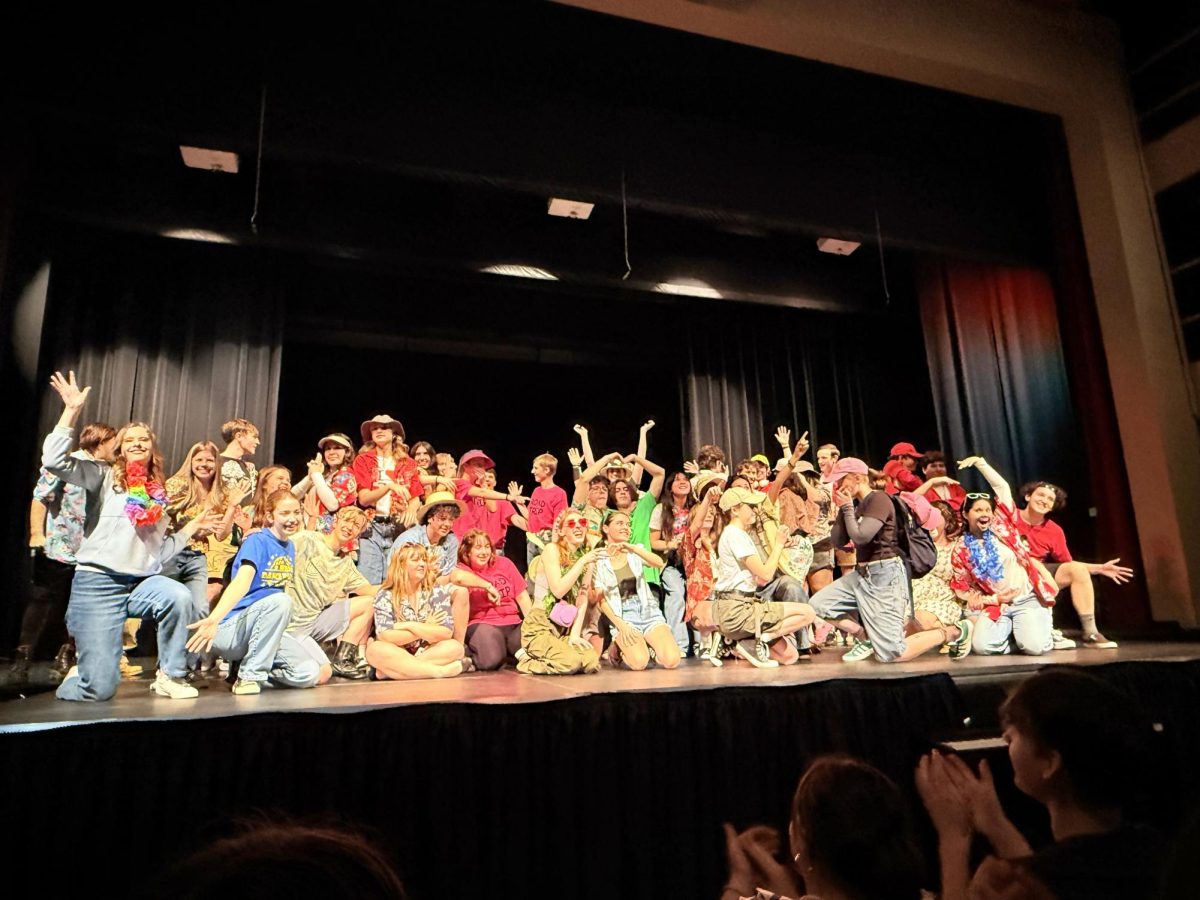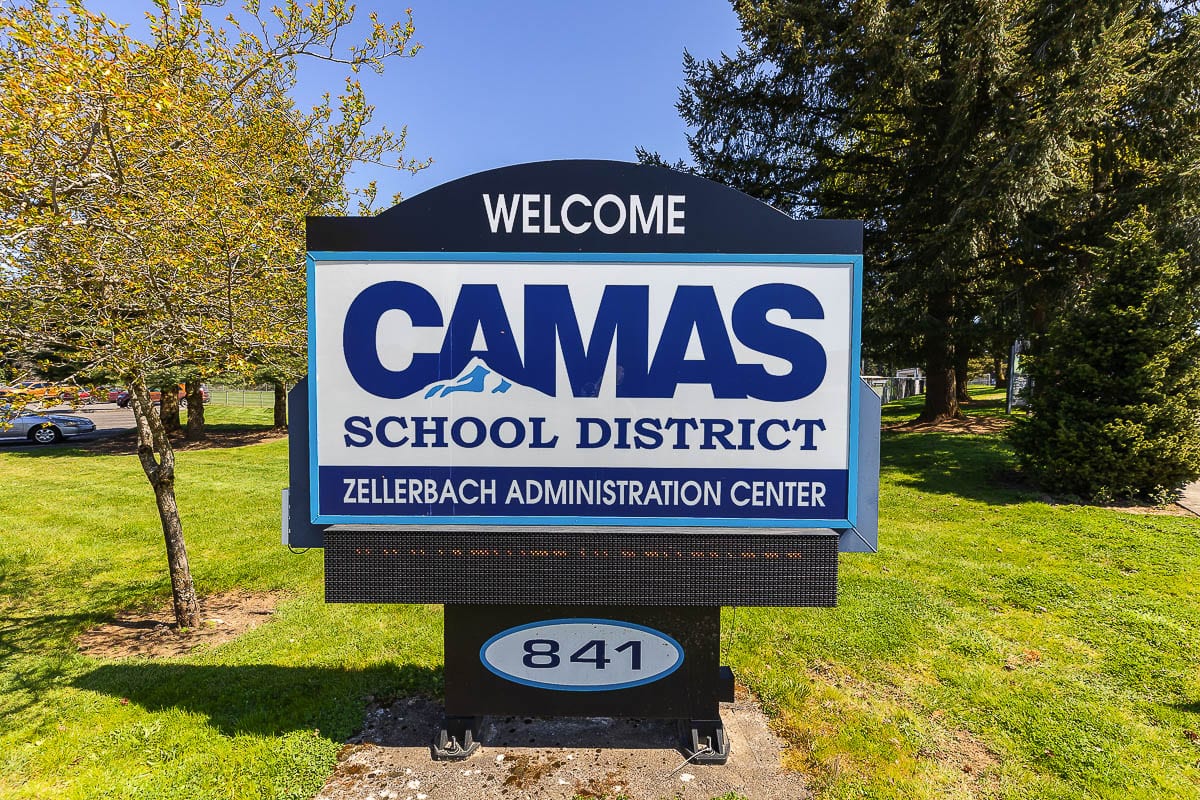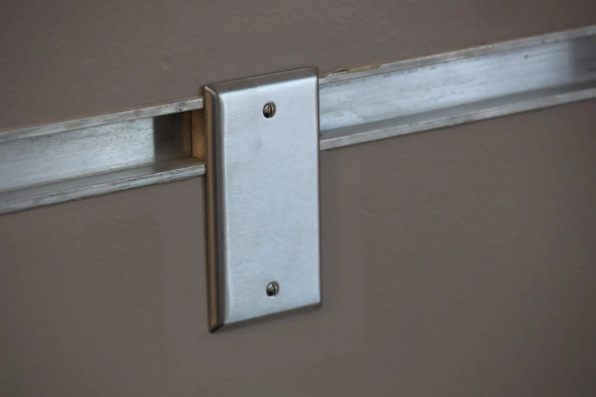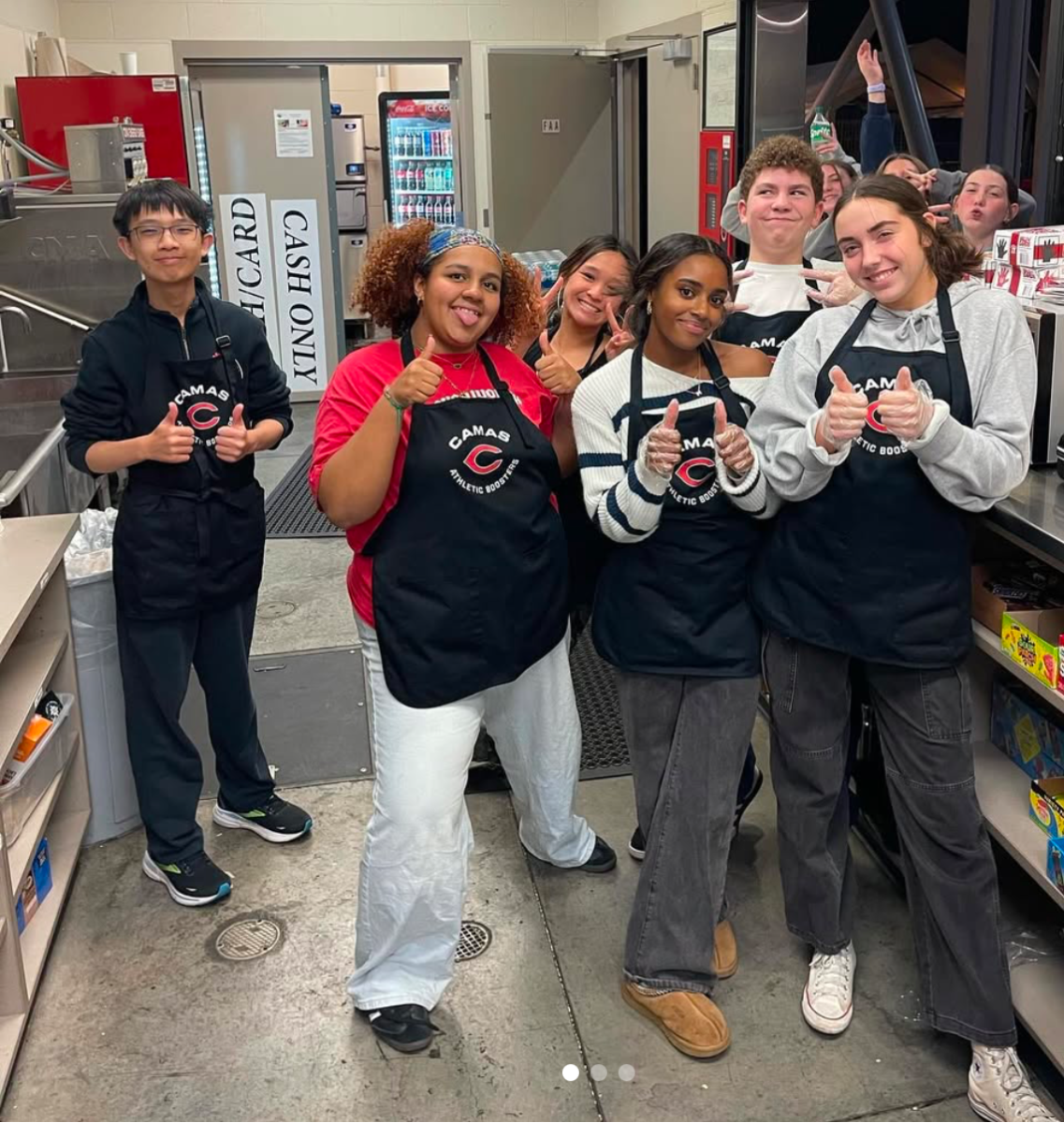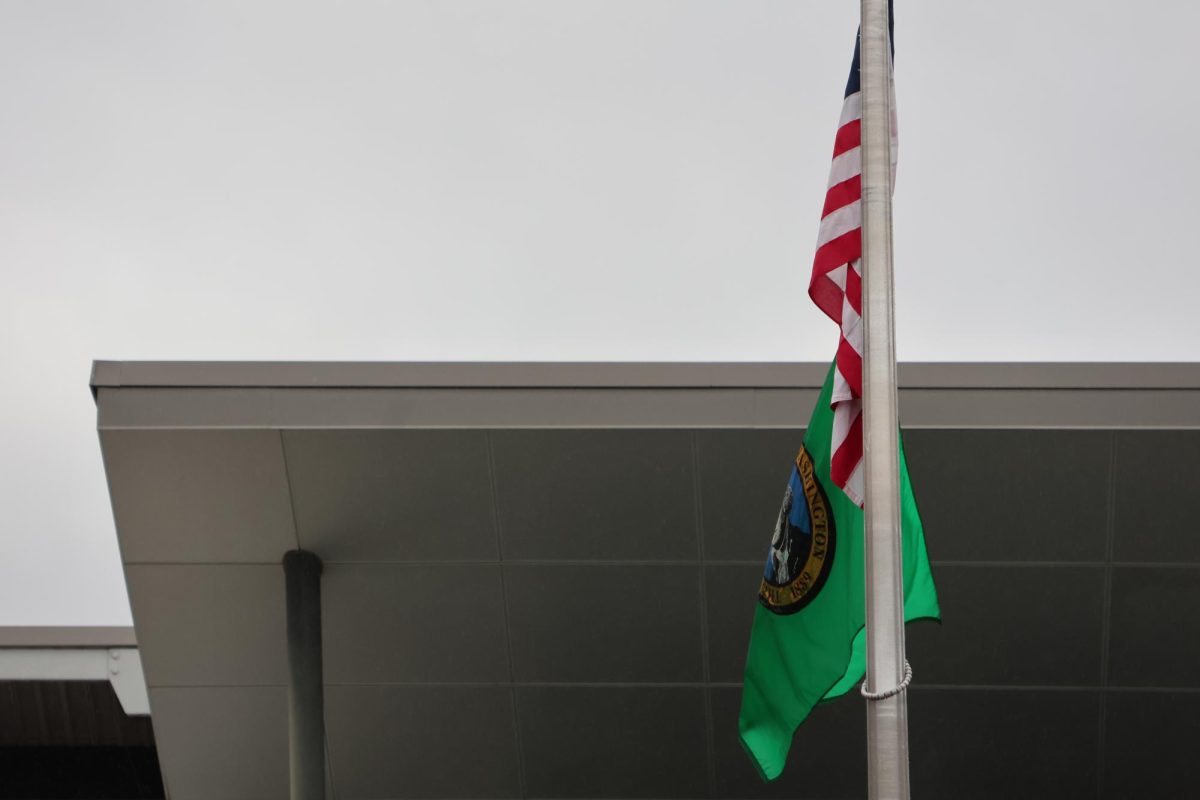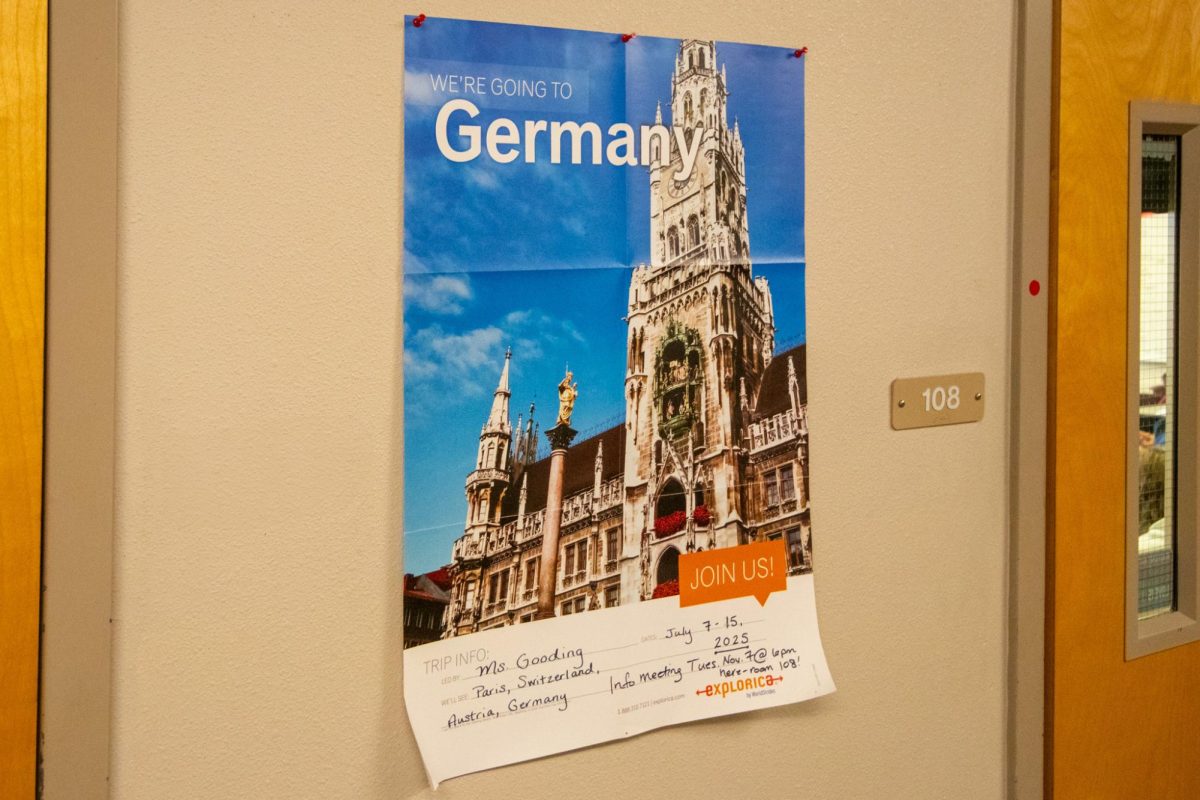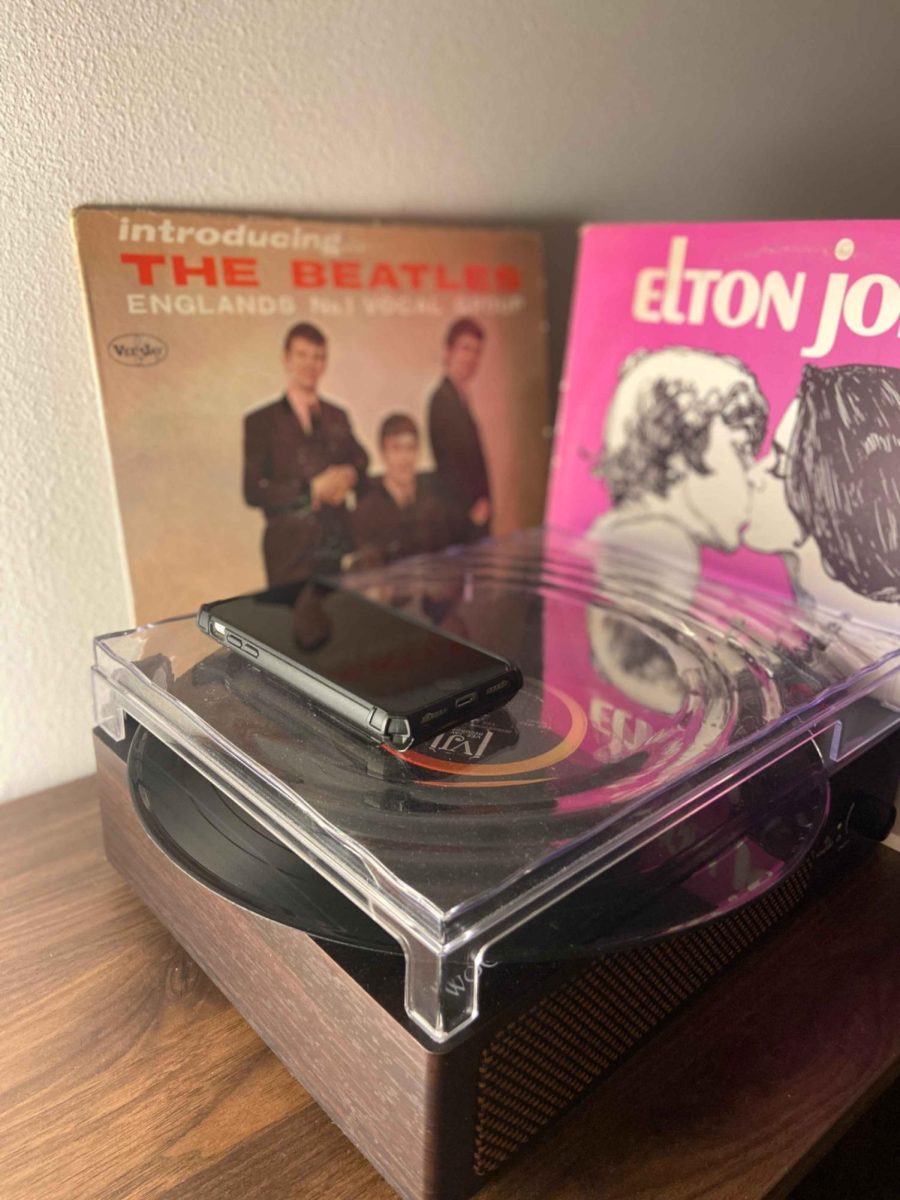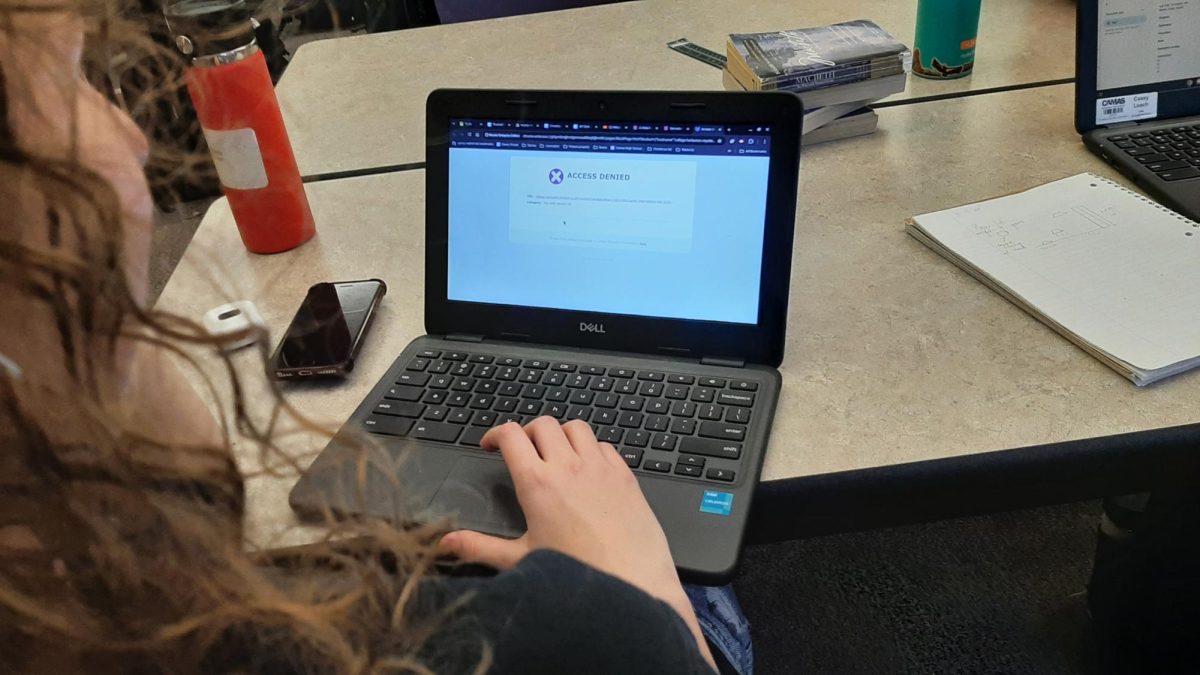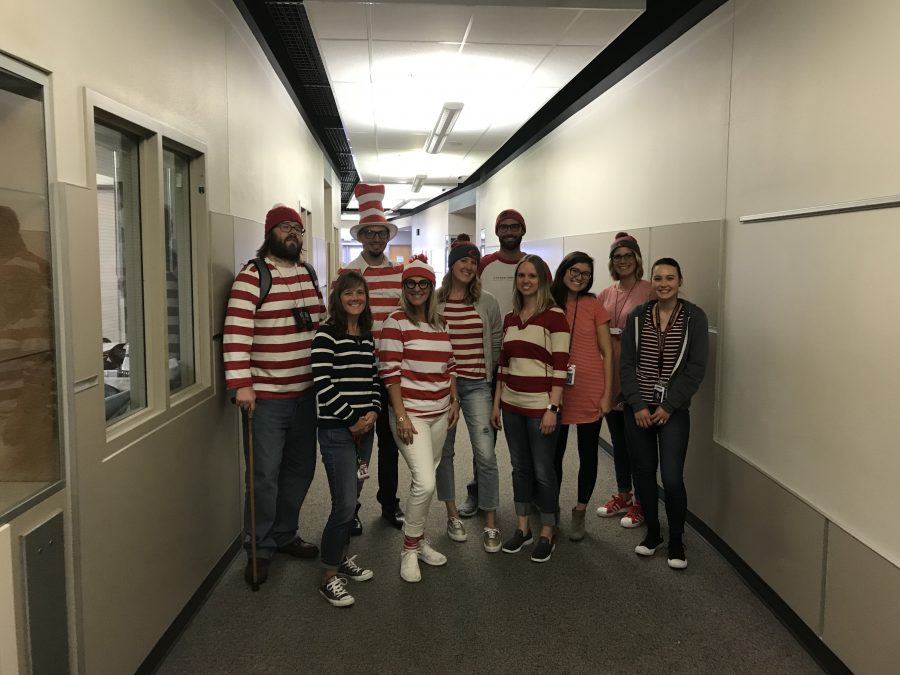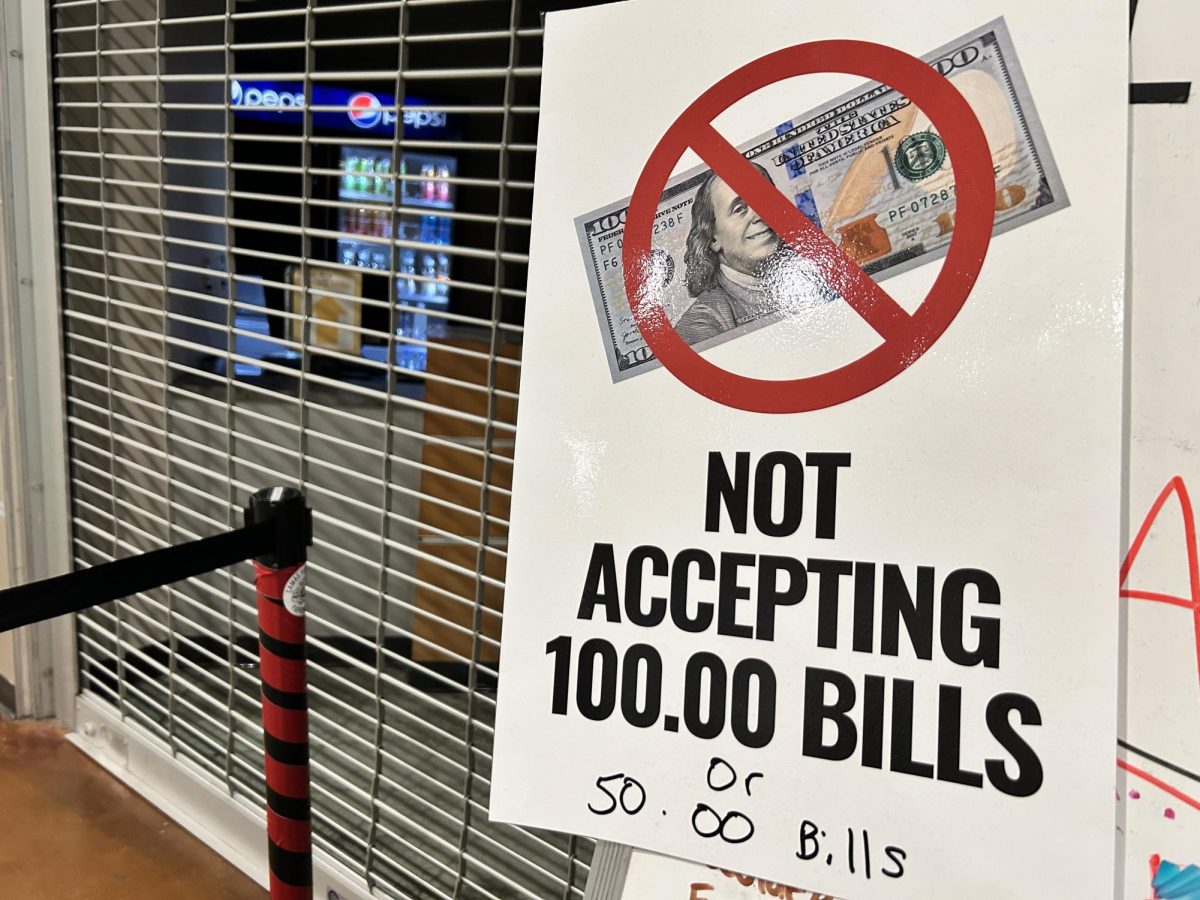Spirit is an important aspect of school, that as, teacher, Mrs. Jill Fuller puts it, “unifies you as a group and as a community.” It’s always “fun to do something different, and dress-up days allow that,” she adds.

To Fuller, having school spirit looks like “students and family members in the stands for sporting events, plays and different events that we have, as well as students talking to each other, and supporting each other; it doesn’t just have to be dress up days. It means that people are looking out for each other, and feeling like everybody belongs.”
Camas High School has had some problems showing school spirit in the last couple of years; this is evident when very few students dressed up for the homecoming week dress themes. Teacher, Mr. Joseph Farland feels that “student participation [in spirit days] is a little down not just this year, but the last couple of years.” Unlike most people at CHS, Farland has “[dressed up for spirit days] for years.” because “it’s something a little different from the ordinary.” that advocates for the fact that students shouldn’t take themselves too seriously.
Fuller agrees with Farland, stating, “When we had the homecoming spirit days, I was a little disappointed that not that many students dressed up.”, and “it’s sometimes hard to take a risk because [the students] don’t want to be made fun of, or look different.” She determined that “if you own it and go in knowing that you’re representing spirit by getting involved, then you should feel good about [yourself].”
However, the implication of undercover staff spirit days has positive reviews. “So far it’s been perceived pretty well by staff participating and by students noticing,” informs Fuller; “I thought maybe about 25 [staff members] would [dress up]. The last two dress up days, it’s been more the norm, for staff to dress up.” she continues.
Mrs. Fuller explains that she “wasn’t sure how well [staff spirit days] would be received, and I’m happily surprised by the level of participation.”
Overall, there seems to be a lot of confusion as to what different dress-up themes are when CHS has them. Many students have no clue what the different themes are. One possible solution, suggests Farland, is to “publicize it more.” He also thinks “people just don’t know what to wear.”; “it only takes a few minutes of being creative and planning.” to nail the dress theme.
Some of the dress topics are a little out there; “You have to pick days [where the dress topics] aren’t so obscure.” and “make the topics more general,” Farland adds; “Maybe have ‘stripes day’” instead of ‘Where’s Waldo?’ day,” so the students have more of an idea what to wear.
When asked about why he didn’t dress up for any of the days during homecoming week, Junior Landen Hashimura commented, “[dressing up] wasn’t a priority,” and that he doesn’t care enough to make an effort to dress up.
Although dress-up themes effectively connect the school by giving it a more relaxed, silly atmosphere, it’s not “the best way to show your spirit, or pride in your school, necessarily.” concludes Farland.

